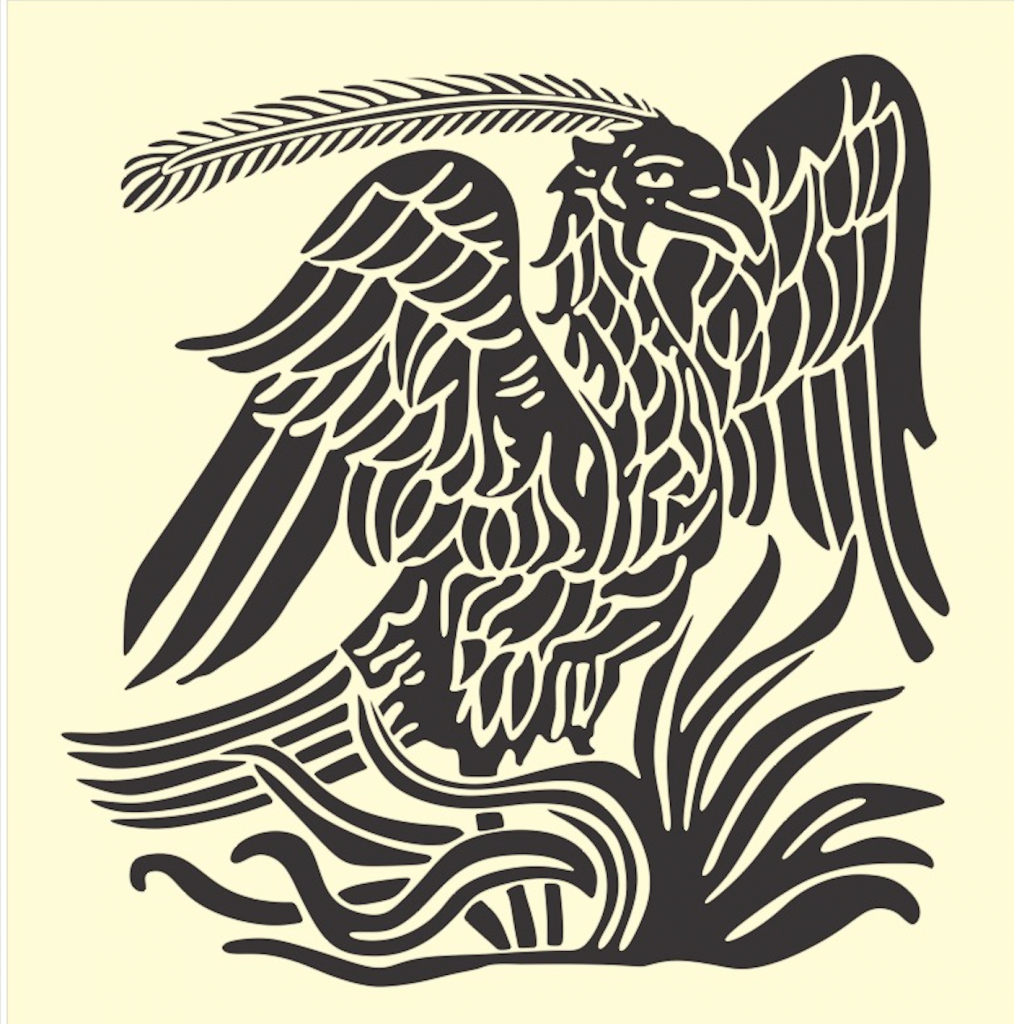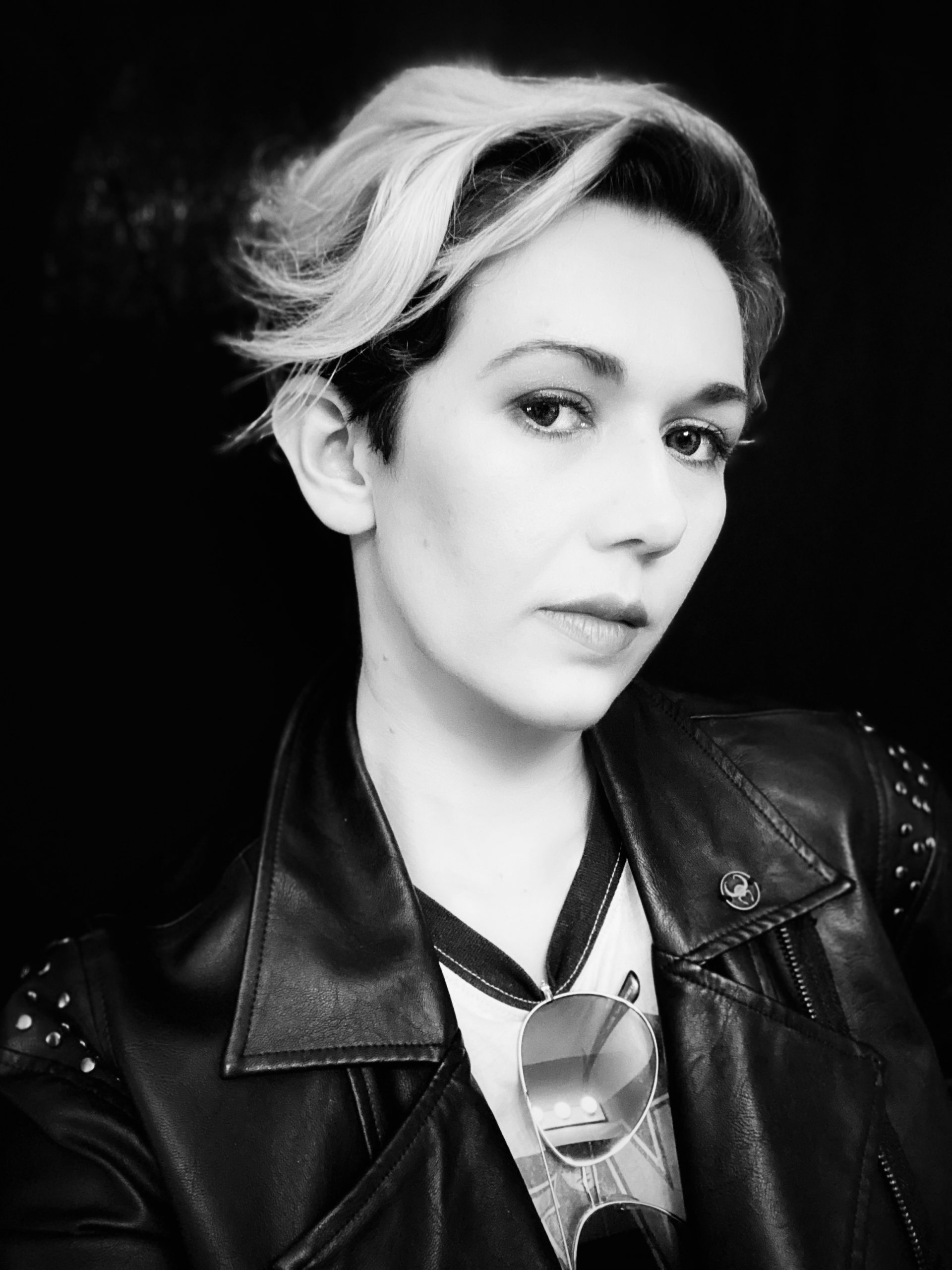
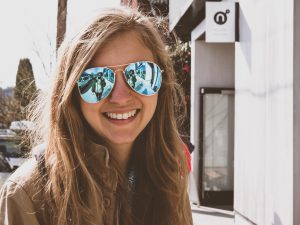
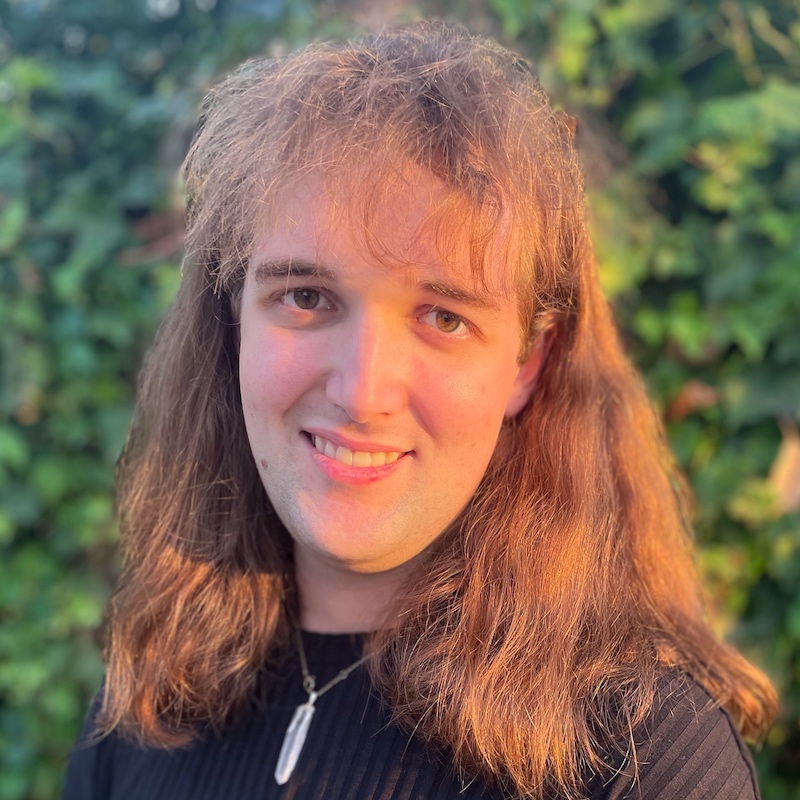
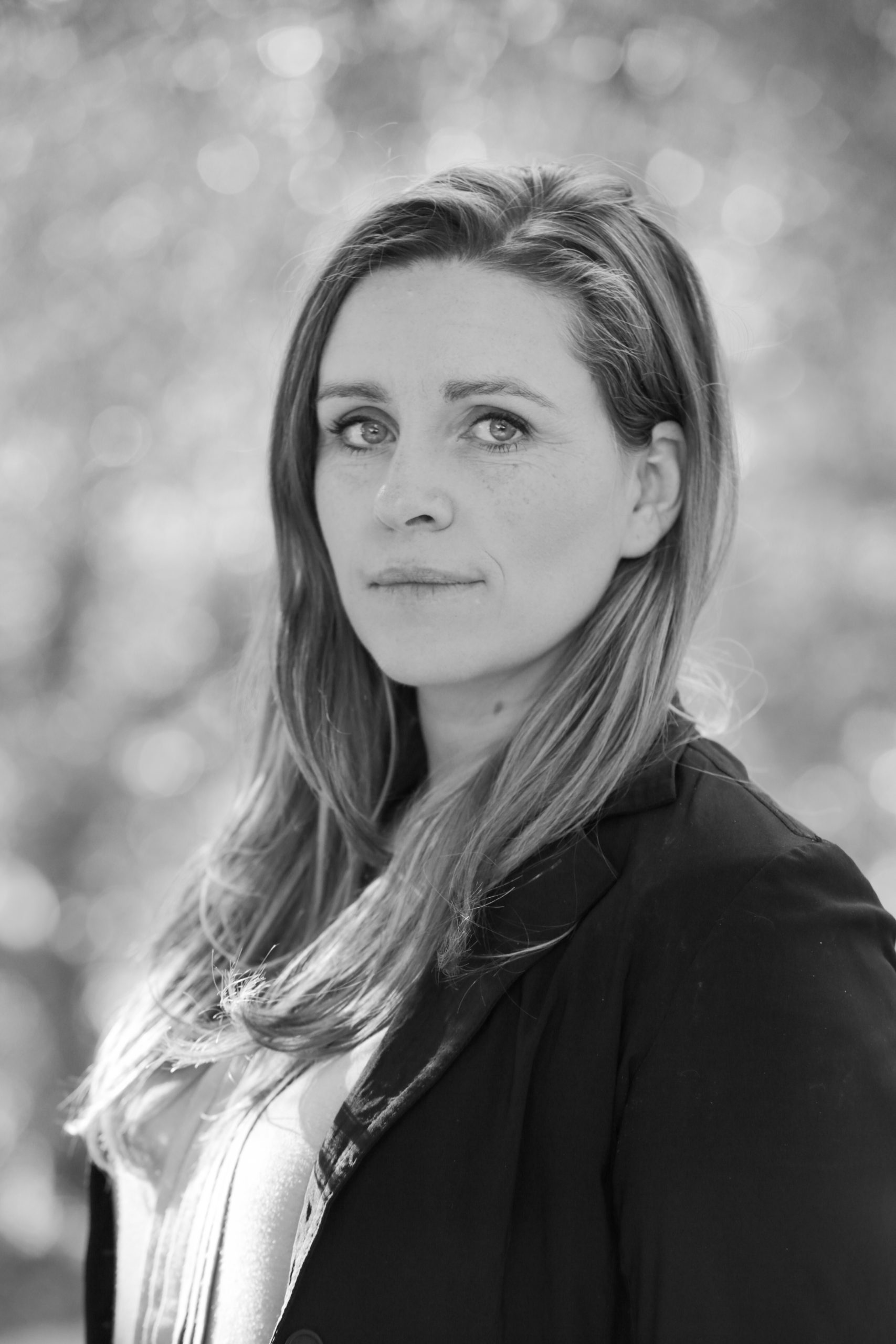
What is your favorite piece that has been published in Tab Journal?
Liz Harmer: I love the weirdness and ecstasy of Hilary King’s “Icebreaker with Neruda” in this year’s print issue.
Sam Risak: “Hop In, Clive” by Hilary King. As someone raised in rural Florida, I have spent a decent amount of time on golf carts, and I love how King calls out C.S. Lewis for not understanding joy by stating he obviously “never careened down / a Florida road, a tanned tangle / of cousins hanging off the back.”
Vesper North: For me, “Migration Seasons” by Dia Roth in the January issue of Volume 9.
What’s the most recent poetry book you’ve read?
Vesper North: Blue in Green by Chiyuma Elliot.
Jay Dye: The Nuclear Shadows of Palm Trees by Nikolai Garcia. I picked it up on a whim at LibroMobile in DTSA [Downton Santa Ana] because I liked the title. Most of the poems are about LA, so it’s made me reminisce of the time I spent living there in 2016-2017.
Sam Risak: The Earth Is Not Flat by Katharine Coles. I picked up this collection at AWP, and while I have not yet finished it, I can already tell it’s a work I will read more than once. Coles wrote the book through the Science Foundation’s Antarctic Artists and Writers Program, and each poem feels like it edges me slightly closer to seeing a landscape that we know so little about. Or, if not seeing it, then at least asking the questions such an overwhelming environment would incite.
Liz Harmer: I have devoured, several times, Diane Seuss’s frank: sonnets. [And the review appears in Tab Journal Issue 2 (March), Volume 9 (2021).]
How do you get inspiration to write poetry?
Liz Harmer: Inspiration comes from small feelings and images or scraps of language that arise here and there. Something odd in the atmosphere or the view. A novel way of speaking.
Vesper North: Images will pop into my head–like a nebula or an empty highway or sometimes it’s an emotion that I visualize in color and shape, and I’ll think, I’ll try to turn that into a poem.
Jay Dye: I focus on what I have been feeling, reading, and thinking about lately. If all else fails, I silence my inner critic and see what comes out. With a little work, messy and uninspired drafts can turn into some pretty good poetry.
Sam Risak: I usually find inspiration before I know what to do with it. I’ll see or hear something that grabs my attention (which can be anything from an interesting texture of algae to some fact I heard on Science Friday) and take note of it with a photo or on a piece of paper. Later, when I go to write a poem, I think about how I can give language to that cool “thing.” It’s only once I have the language down on paper that I’m able to figure out why that “thing” mattered to me.
Let’s change the topic, just for fun. If you could choose to be an animal, what animal would you be and why?
Sam Risak: Raccoon. I’m a scavenger. I eat everything that’s on my plate and then try to steal whatever I can off everyone else’s. And, if I’m being honest, the food doesn’t necessarily even have to be on a plate. If it’s been thrown out but isn’t touching anything too suspicious, that’s fair game, too.
Jay Dye: I think I would be an octopus. Their powers of metamorphosis are incredible and they’re very smart. It would also be a lot of fun to explore the ocean.
Liz Harmer: My answer has always been that I’d choose to be a tiger, and I’ll stick with that out of loyalty to my childhood self.
Vesper North: Phoenix–what’s not to like about a phoenix.
